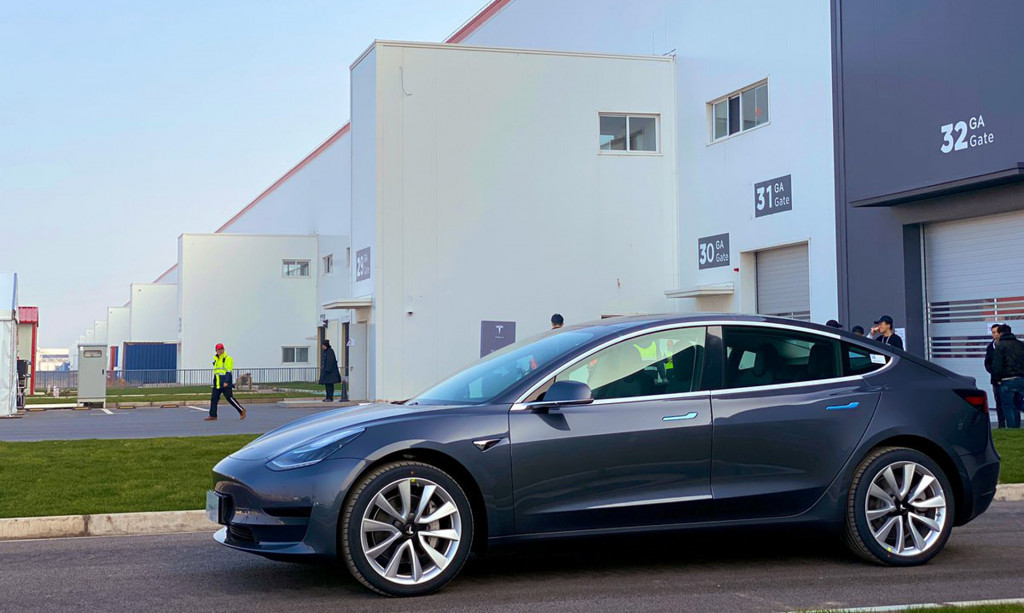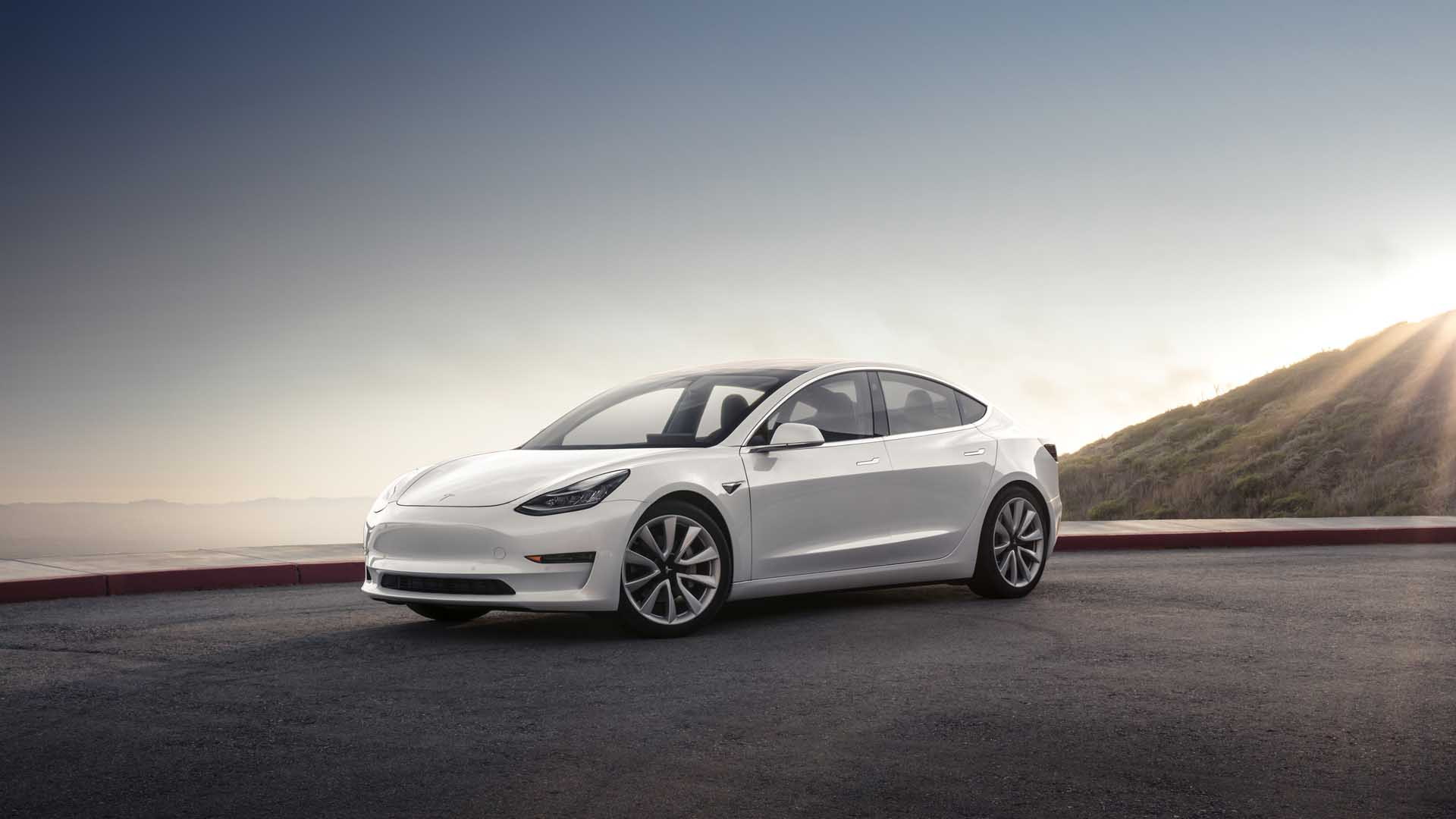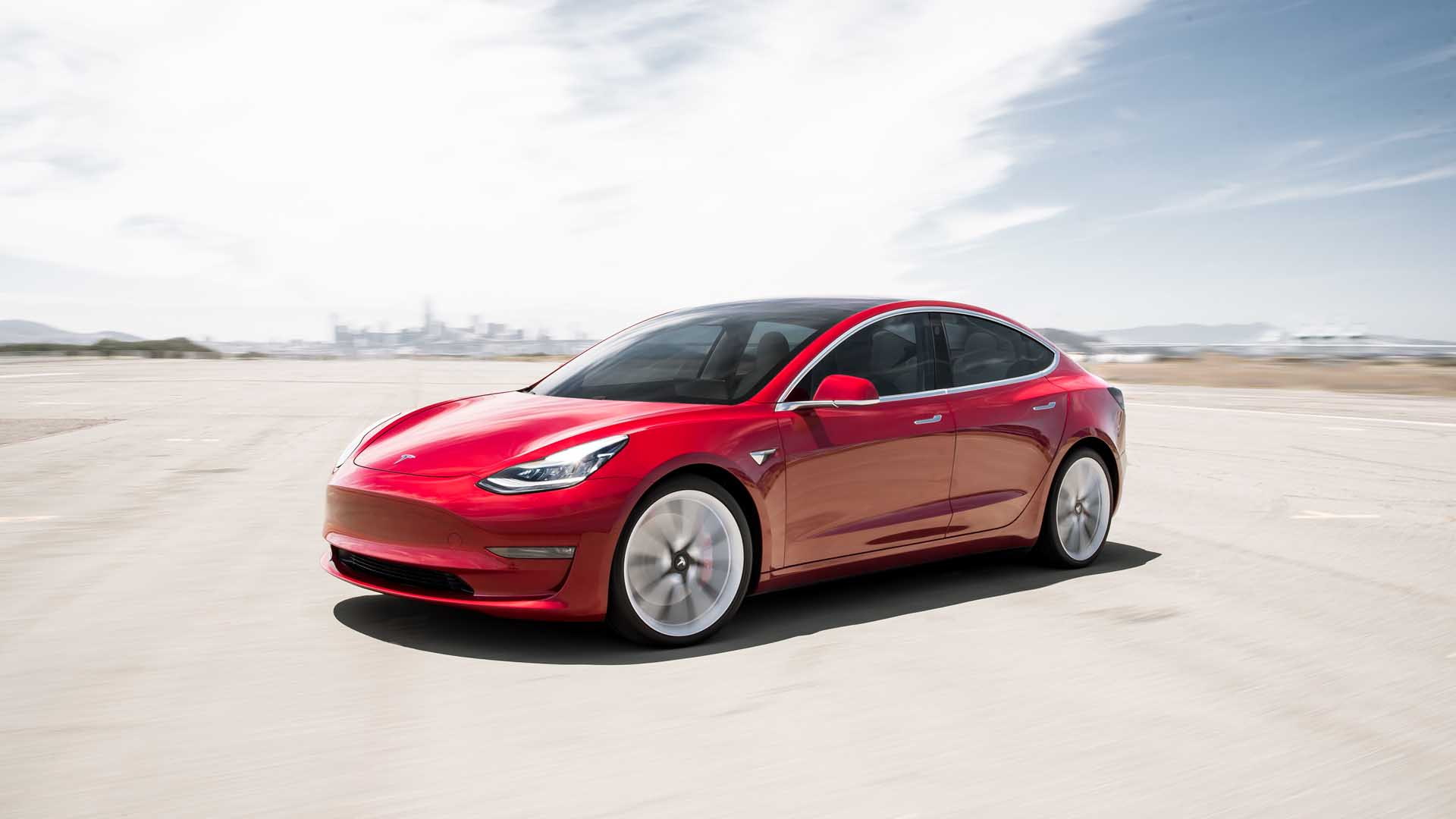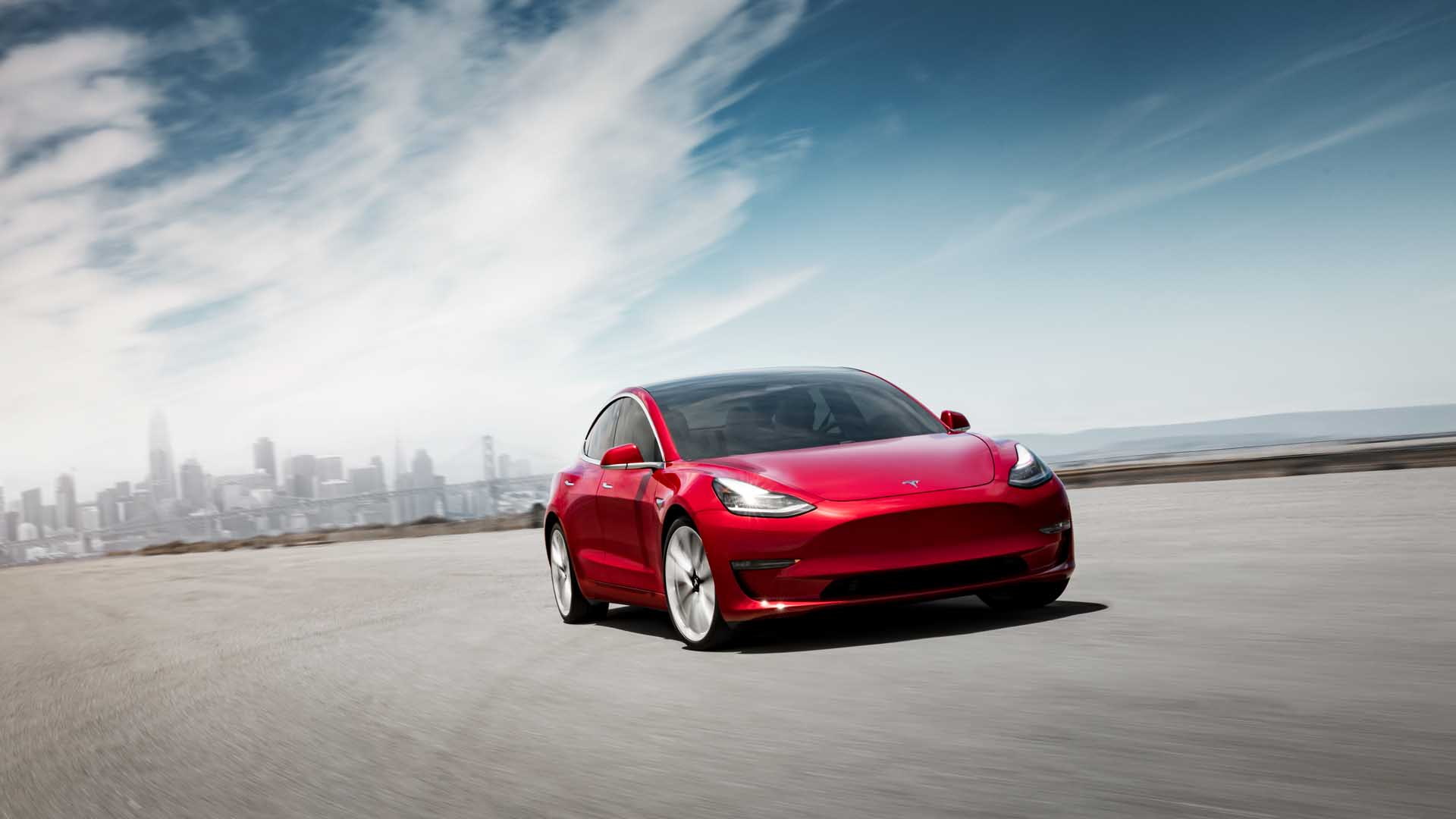Tesla's Gigafactory Shanghai will make some Model 3 sedans with lithium iron phosphate (LFP) batteries starting later this year.
CEO Elon Musk confirmed the move, which had been reported by business press and insiders for months, during a Q2 financial update call Wednesday. And he clarified the motivation behind the move: to free up more energy-dense nickel-cobalt-aluminum cells Tesla otherwise uses for its Semi, as production ramps up for 2021 deliveries.
The shuffling serves as a reminder that even Tesla is up against a wall with the constraints of battery manufacturing—specifically, Musk noted, nickel supply.
“The nickel-based cells have higher energy density, so longer range; those are needed for something like a Semi, where every unit of mass that you add in you have to subtract in cargo,” he explained.
Musk added that total passenger vehicle efficiency, considering things such as aerodynamics and heat-pump tech, has gotten good enough where the company is comfortable putting a LFP pack “into volume production later this year” in Model 3 sedans made in China.
The Model 3 with the LFP pack will have a range in the “high 200s”—or almost 300 miles—Musk said.

Tesla starts delivery of Chinese-made Model 3 sedans on December 30, 2019
Tesla didn’t name a supplier on the call, but reports citing industry insiders have pointed to CATL as the source for the LFP cells. The switch could increase Tesla’s margins in China.
LFP cells are used widely in China and are not seen as a downgrade, even though they do sacrifice some energy density. It’s been championed by BYD for more than a decade, and it’s the chosen chemistry for BYD’s safety-focused Blade battery in its Han EV flagship sedan.
Although Tesla boasted of the record-high 402-mile range rating it had received for the Model S, Musk offered a correspondingly cautious take on range during the call. “I think the new normal for range is going to be, just in U.S. EPA terms, approximately 300 miles,” he said, to keep in mind extreme temperatures or terrain.
Musk did sound genuinely excited about Tesla’s choice of the Austin area for its upcoming second vehicle assembly plant (and second Gigafactory) in the U.S. The facility will be five minutes from the airport and about 15 minutes from downtown Austin and cover about 2,000 acres on the Colorado River.
“It’s going to basically be an ecological paradise—birds in the trees, butterflies, fish in the stream, and it’ll be open to the public as well,” he said.

Tesla Cybertruck prototype - Nov. 2019
The Austin factory, Musk confirmed, will assemble the Cybertruck, the Semi, Model 3, and Model Y for the Eastern half of North America. Tesla’s existing Fremont, California, plant will assemble Model S, Model X, and the Roadster for the world, plus Model 3 and Model Y for the Western half of North America.
Musk declined to get into details about Tesla’s product roadmap, but added that “it would be reasonable to assume that we would make a compact vehicle of some kind, and probably a higher capacity passenger vehicle of some kind.”
That sounds like many more products in the pipeline, but as an automaker with a global manufacturing presence, the automaker now has a lot of ground to cover.



















